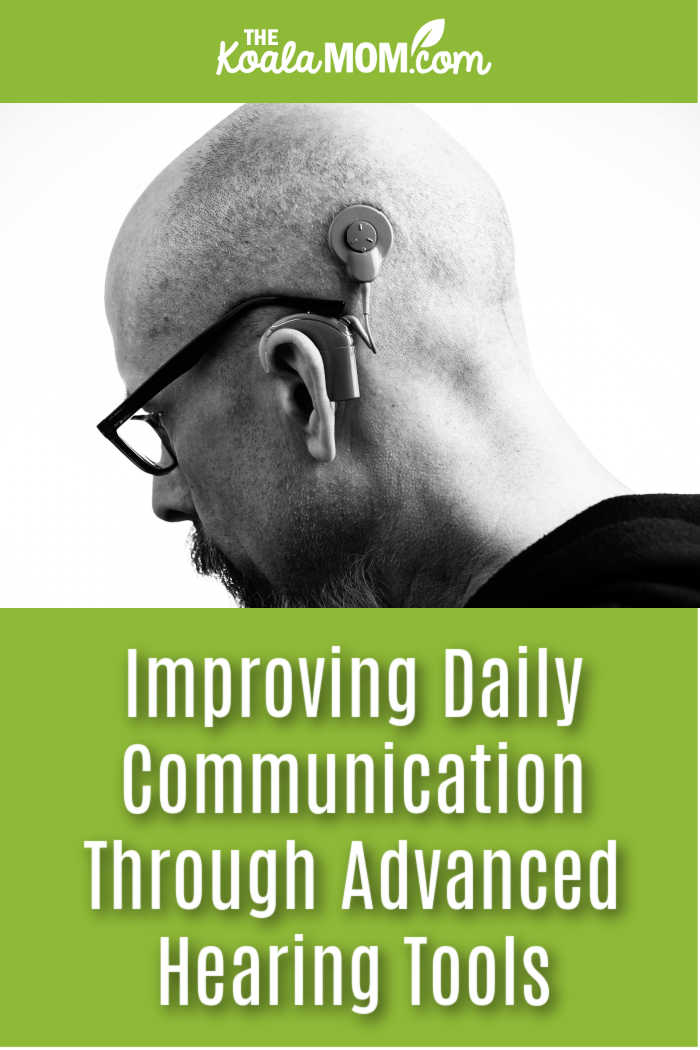Having clear communication is essential in a world where connections and conversations drive our daily interactions. This can pose significant challenges in social and professional settings for those with hearing impairments. Fortunately, advancements in hearing technology are reshaping how individuals engage with their surroundings. Modern hearing aids and assistive listening devices enhance sound quality and improve the overall listening experience, enabling users to participate fully in daily life.

Understanding the Impact of Hearing Loss
Hearing loss affects millions of people globally, with the World Health Organization estimating that over 430 million individuals require rehabilitative hearing services. This number is expected to rise, emphasizing the urgency for effective solutions. People with hearing loss often find themselves struggling in group settings, where background noise can mask important conversations. As a result, they may withdraw socially or avoid situations altogether.
The stigma around hearing loss can compound these feelings, making individuals hesitant to seek help. For example, my grandmother faced hearing loss towards the end of her life, but was reluctant to admit it. During conversations, she’d just smile and nod, even if she didn’t understand something that was said. I began speaking very loudly and clearly when communicating with her, watching her face to ensure that she was following what I said, as she’d never ask for clarification or admit she couldn’t hear something.
Moreover, communication challenges can impact professional opportunities, as clear hearing is crucial for success in many careers. Recognizing the significance of accurate hearing diagnosis is paramount. Working with hearing care specialists can provide tailored solutions and strategies to combat these challenges. In turn, early intervention can lead to more successful outcomes in both personal and professional settings, fostering a more connected life.
Modern Hearing Aids: Features and Benefits
Today’s hearing aids are far more advanced than their predecessors, coming equipped with numerous features to enhance auditory experiences. Many devices now include Bluetooth connectivity, allowing users to stream music and phone calls directly into their hearing aids. This seamless integration fosters greater engagement with technology and makes communication more effortless. Noise reduction capabilities are another hallmark of modern hearing aids, filtering out distracting background noise while amplifying speech sounds.
Furthermore, automatic adjustments based on environmental sound levels allow for adaptive listening, making transitions from quiet to noisy environments smoother. Users can also benefit from rechargeable options, ensuring convenience without the hassle of frequent battery replacements. These enhanced features significantly improve the user experience, encouraging more individuals to embrace hearing aids.
Assistive Listening Devices: Expanding Options
In addition to hearing aids, various assistive listening devices are designed to improve communication. FM systems, for instance, allow users to hear a speaker’s voice more clearly in loud environments, transferring sound directly to the user’s hearing device. This technology is advantageous in educational settings, aiding children who need to focus on their teacher’s instructions.
Another popular option includes infrared systems, which are often used in theaters and places of worship, transmitting sound directly to the listener, and enhancing the auditory experience. Personal amplification systems have also gained traction, helping individuals hear conversations more clearly without the need for full hearing aids. Using such devices in tandem with hearing aids can significantly boost communication clarity.
The Role of Central Auditory Processing Training
Central auditory processing training is a vital component in overcoming communication barriers. This therapeutic approach targets the brain’s ability to interpret sounds, facilitating better understanding during conversations. By enhancing listening skills, individuals can improve their ability to engage actively in dialogues, even in challenging listening situations. Various exercises and activities are employed in a supportive environment to develop these skills, often overseen by audiologists or speech-language pathologists.
Such training benefits not only those with hearing loss but also individuals with normal hearing who face similar challenges. With the rise of virtual training methods, accessing these services has become increasingly convenient. Therefore, integrating auditory training into a broader communication strategy can yield significant advantages.
Family Dynamics and Communication
The effects of hearing loss can ripple through family dynamics, impacting relationships and overall family cohesion. Family members may struggle to communicate, leading to frustration and misunderstandings. For those with hearing loss, constant repetition and miscommunication can be exhausting. Raising awareness among family members about the challenges faced by their loved ones encourages empathy and support.
Engaging in open discussions about hearing loss can lead to better understanding and adoption of effective communication strategies within the family. Implementing tactics such as speaking clearly, minimizing background noise, and using visual cues can enhance interactions significantly. Involving family members in the journey towards improving communication fosters a supportive environment that benefits everyone.
Staying Informed: Resources and Support
The digital age offers an abundance of resources for individuals seeking information regarding hearing loss and available tools. Online platforms provide comprehensive knowledge about different hearing technologies, reviews of specific products, and access to user communities. Social media groups dedicated to hearing loss topics can facilitate support and shared experiences among users. Organizations such as the Hearing Loss Association of America offer educational materials and advocacy opportunities. Local support groups also provide networking avenues for individuals to express their challenges and successes. Utilizing these resources ensures individuals stay informed and empowered when making decisions regarding their hearing health.
Effective communication is fundamental to maintaining relationships and enhancing quality of life. Advanced hearing aids, assistive technologies, and professional support contribute to an improved auditory environment. Addressing communication challenges is achievable through proper tools and resources, offering a pathway toward better engagement and connection. Embracing modern hearing solutions with the guidance of specialists not only improves hearing but also empowers individuals to enrich their interactions.

No Responses Yet